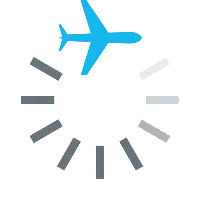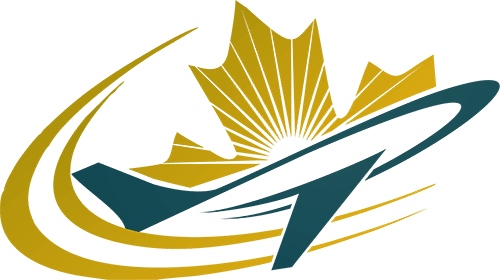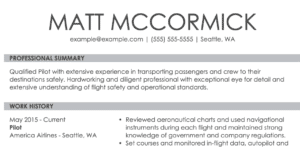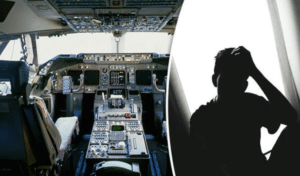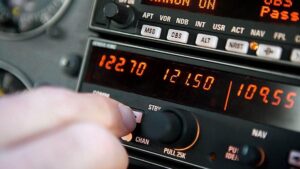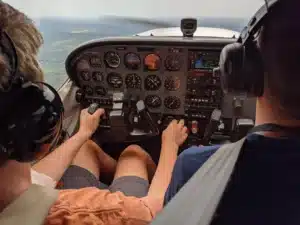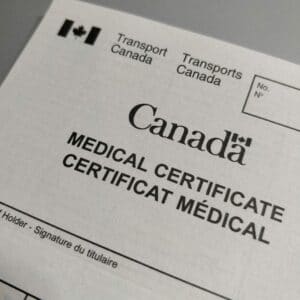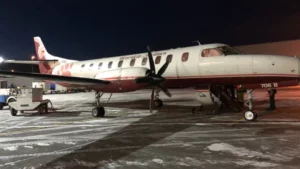Level Flight and Straight Flight
This blog article on level flight and straight flight is being created out of the necessity to clear a few things up for pilots in engaged in pilot training or online ground school. Let’s get started.
What is straight and level flight?
The first thing we tell students in this lesson is that there will be three ways to approach this maneuver. An aircraft can be flying straight but not level, level but not straight, and in straight and level flight. The two types of flight can be done independently or together.
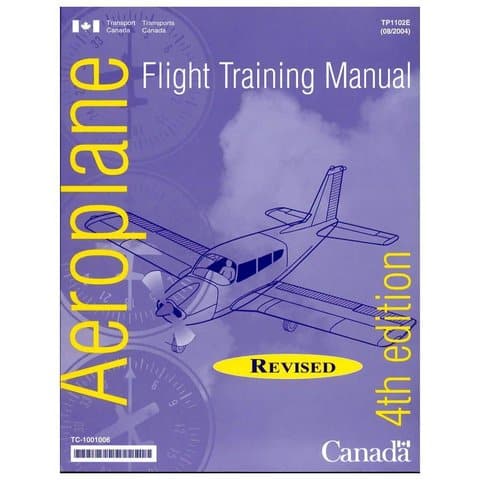
What is a level flight?
This refers to the state an aircraft is in when it is not changing altitude. An aircraft is not climbing or descending when it is in level flight.
What is straight flight?
Straight flight can refer to two different regimes of flying: an aircraft can be straight along a track or it can be flying a straight heading. When an aircraft is flying a straight heading, it is flying with reference to a magnetic compass or with reference to a true grid on the earth.
An aircraft can also be flying a straight track along the ground. Some examples would be if an aircraft is following a road or aligning the aircraft for landing. The main difference between this and flying with reference to a heading is that the heading of the aircraft may not match the track due to wind drift.
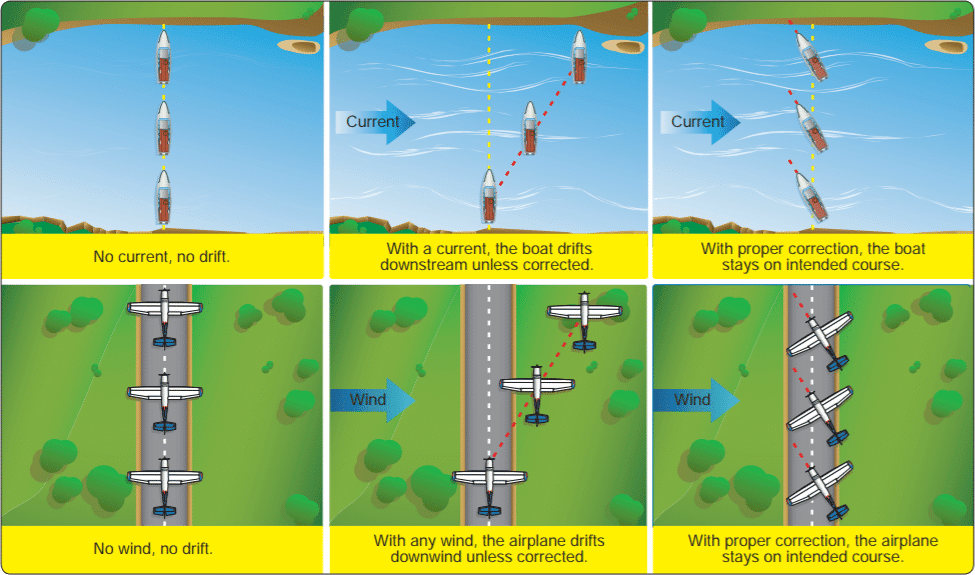
Sometimes students have issues with this lesson and need to do a straight and level flight review. This is because the concept was not explained to them perfectly or because the basics from attitudes and movements were not covered properly. If you need to repeat this lesson, it is okay, one step at a time.
Straight and Level Flight Notes for Online Ground School
In this lesson you will continue to practice the basic flying maneuvers. The instructor will demonstrate these straight and level flight and provide you with the opportunity to practice them.
Planned Activities
• Exercises 2, 4, 5 and 6 in the Flight Training Manual
Reference Material
• FTM (Flight Training Manual)
Preparation
• Review the POH for the external inspection and cockpit layout of your aircraft.
• Be able to answer the following questions:
1) How often should you reset a heading indicator? Why?
2) How would you accelerate the aircraft from 90 knots to 105 knots?
3) Define straight flight.
4) Define level flight.
5) Describe the phases of flight in which the compass is unreliable & the errors it is subject to
• Review the formula “Attitude + Power = Performance”
• Write down your questions
Tips/Rules of Thumb/Theory
• Don’t ride the brakes during taxiing (heels on the floor!)
• If you can’t jog at that speed then you are taxiing too fast.
• Every manoeuvre must start with a proper look out!
• 100 RPM = 5 knots
• Your focus should be outside the aircraft, not inside! Reference the horizon and keep a good lookout constantly when doing straight and level flight.
• Attitude + Power = Performance
• When flying, take your hand off the control column from time to time to make sure the aircraft is properly trimmed (LOOK for uncommented pitch changes)
If you have more questions about straight and level flight Canadian Flight Trainers can help! Our online ground school is top notch, is accepted by Transport Canada, and all flight schools in Canada. Made by professional pilots who know what you need to know, using us for online pilot training is a no brainer. To contact a flight instructor, visit our Contact Us page now!
